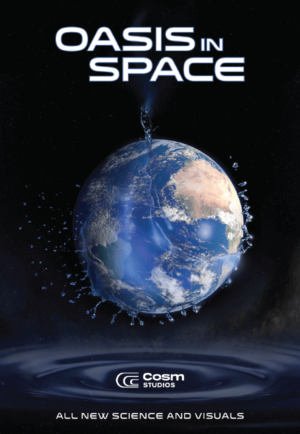
- This event has passed.
Homeschool Program: Space Systems – Orbits, Eclipses, & Patterns on Monday, Oct 27 at 10:30 a.m.

Homeschool Program: Space Systems – Orbits, Eclipses, & Patterns on Monday, Oct 27 at 10:30 a.m.
Monday, Oct 27 from 10:30 – 11:45am
Today’s Homeschool Program will focus on one of the most important lessons to be learned in space science, which are the patterns of celestial objects.
Join Dr. Dan Polsgrove, Astronomer, Planetarium educator and former Astronomy professor here at the Academy, for a detailed look at and discussion of the movement of celestial bodies through space. Orbit, eclipses, and patterns can be discerned, viewed, and studied both in our solar system and as far as we can see with the most powerful telescopes.
In addition to the Live portion of the show will be the short film, Eclipses & Phases of the Moon.
With our limited seating, please only reserve seats if you know you will be attending. If you RSVP and your plans change for any reason, please email Jeff our Planetarium Director at planetarium@afacademy.af.edu so we can release your seats.
BASE PASS:
Everyone who RSVPs for this event will receive an email days prior to the event with a QR code which can be used to request a base pass for the event. All visitors to the Air Force Academy, 18 years old and older need to either be accompanied by a DoD card holder or request a base pass.
Related NGSS Science Standards:
1-ESS1-1 Earth’s Place in the Universe (e.g. Use observations of the sun, moon, and stars to describe patterns that can be predicted)
ESS1.A: The Universe and its Stars : Patterns of the motion of the sun, moon, and stars in the sky can be observed, described, and predicted
ESS1.B: Earth and the Solar System: Seasonal patterns of sunrise and sunset can be observed, described, and predicted
MS-ESS1-2 Earth & Space Science (e.g. Develop and use a model to describe the role of gravity in the motions within galaxies and the solar system.)
MS-ESS1-3 Earth & Space Science (e.g. Analyze and interpret data to determine scale properties of objects in the solar system.)